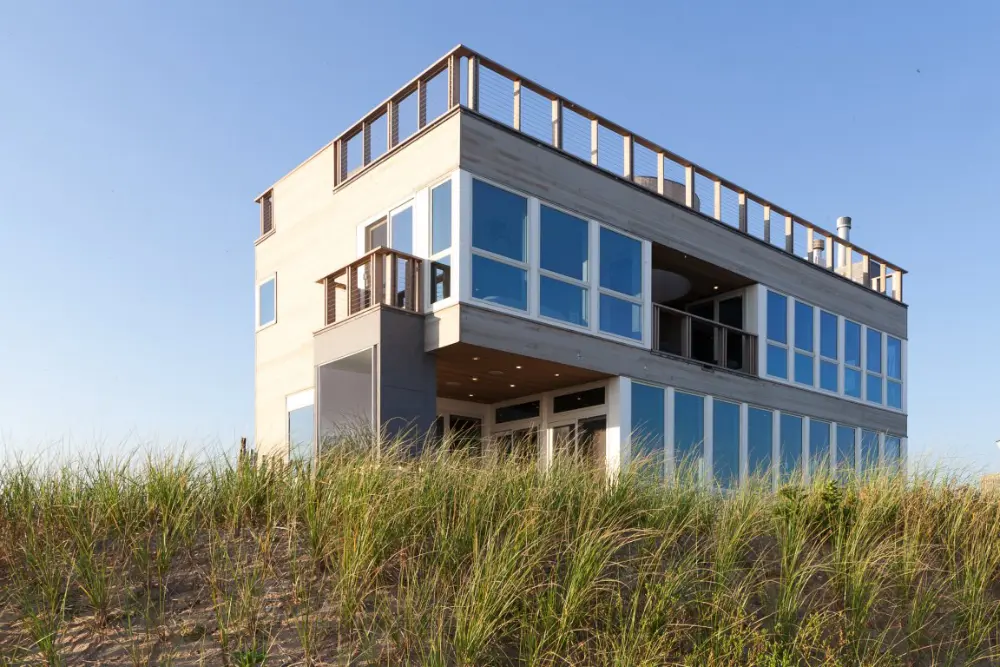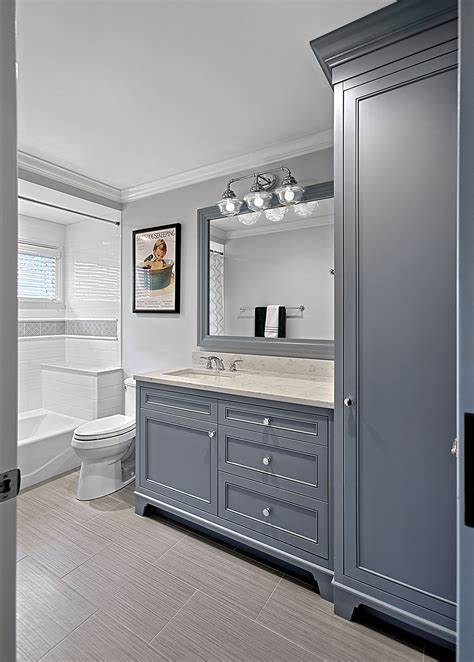Interior architecture marries the realms of design and functionality, crafting spaces that not only captivate the eye but also serve a purpose. As creative minds converge with practicality, the question of compensation arises. In this exploration, we delve into the world of interior architecture salary – uncovering factors that influence it and understanding the value attributed to this unique profession.
Contents
From Aspiring to Acclaimed
Interior architects occupy various levels of experience and expertise, which naturally lead to a wide range of salary scales. Fresh graduates entering the field often start with modest salaries, while seasoned professionals who have built a robust portfolio and reputation command higher compensation.
Read Also: Exploring Creativity The Fascinating World of LEGO Architecture Sets
The Geographical Influence
It’s no secret that geography plays a pivotal role in salary disparities. Interior architects practicing in urban hubs or affluent neighborhoods tend to earn more than those working in smaller towns or less economically developed areas. The cost of living and the demand for high-end design heavily impact the pay scale.
Experience as a Yardstick
Experience remains a prime factor in determining an interior architect’s earning potential. Entry-level professionals contribute a fresh perspective but may earn less due to their limited track record. As designers accumulate projects, clients, and years in the field, their skill set expands, making them eligible for higher-paying positions.
Sector and Specialization
Interior architecture isn’t limited to residential design alone. Commercial projects, hospitality ventures, and corporate spaces also fall within its scope. Professionals who specialize in sought-after sectors, such as luxury hospitality, often command larger paychecks due to the complexities and budgets associated with such projects.
Freelance vs. Full-Time
Interior architects can choose between freelancing and working for design firms. While freelancers have the flexibility to set their rates, full-time employees benefit from the stability of a fixed salary, employee benefits, and the potential for bonuses.
Quantifying the Value of Creativity
Interior architects not only shape spaces but also evoke emotions, create atmospheres, and optimize functionality. While salary is a tangible measure of compensation, the intrinsic value of design can’t be quantified solely in monetary terms. The satisfaction of turning a blank canvas into a functional masterpiece adds an intangible layer to the profession.
Trends and Opportunities
The interior architecture field is subject to trends in design, technology, and sustainability. Professionals who stay updated with these trends and adapt to evolving client demands often position themselves for higher earning potential. Additionally, the growing focus on eco-friendly and sustainable designs presents opportunities for specialized expertise and increased compensation.
Balancing Creativity and Compensation
Interior architecture salary is a dynamic blend of creativity and pragmatism, and as such, interior architects deserve compensation that reflects their multifaceted contributions. The salary landscape varies based on factors like experience, location, specialization, and the prevailing industry climate. As the field continues to evolve, those who navigate this balance between creativity and compensation stand to thrive in an ever-changing design world.






















